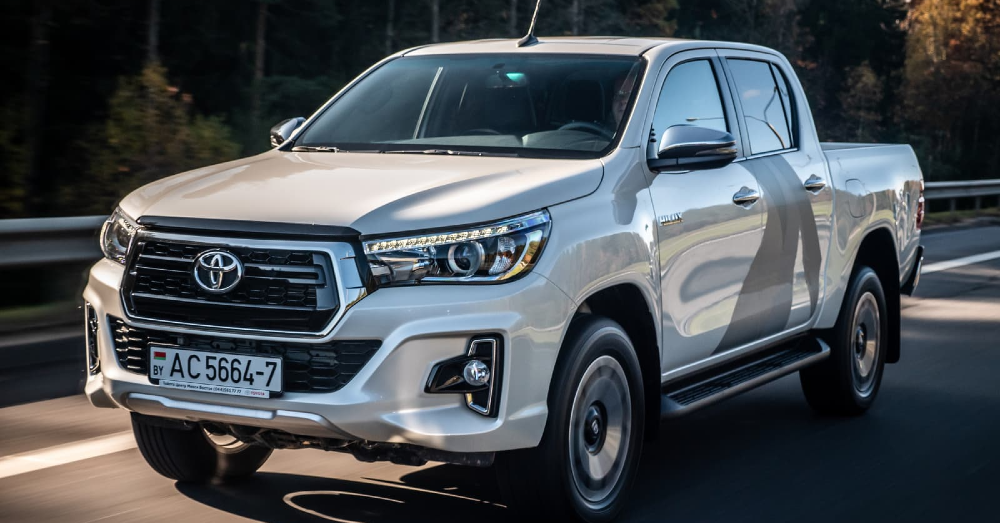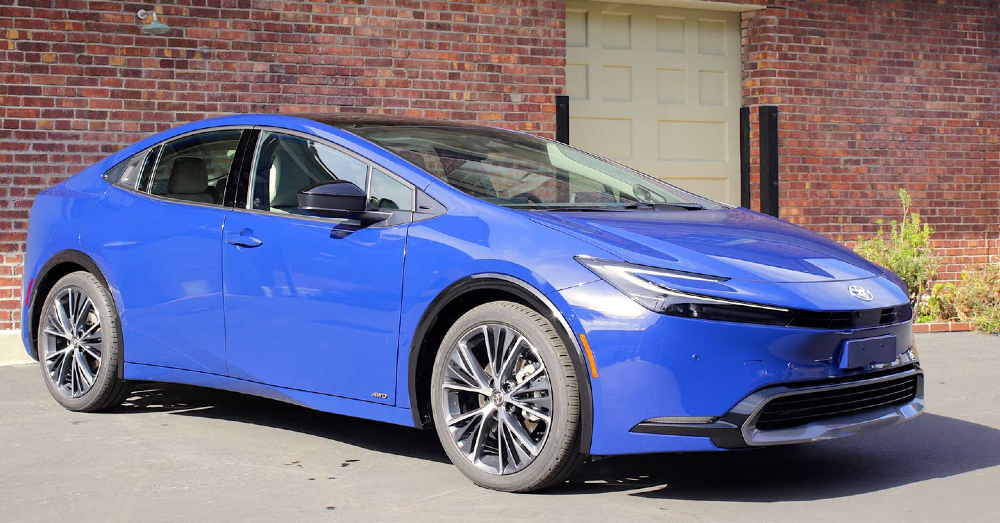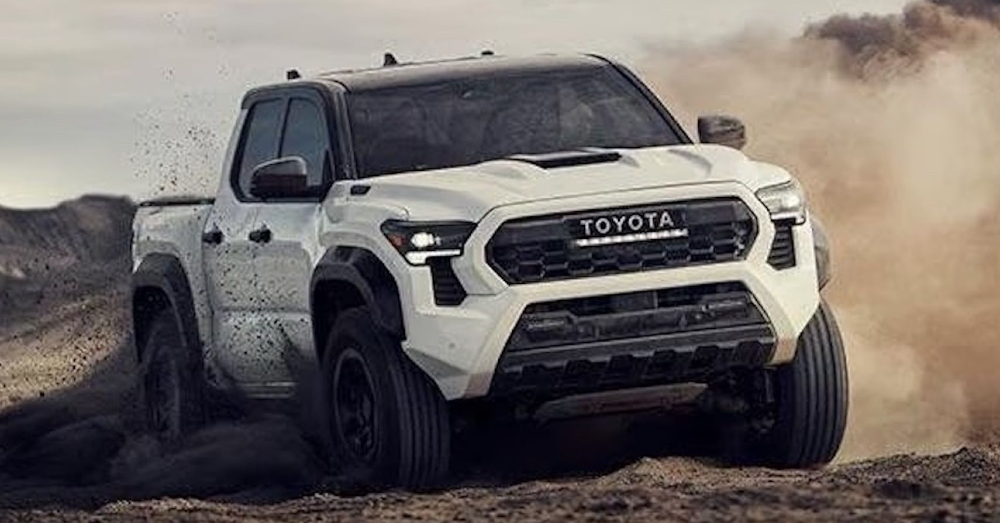A win is a win, and Toyota has toppled GM in regard to the overall new vehicles sales in the US with a strong performance in 2021.
Although both companies saw declines in the total sales numbers for the fourth quarter, Toyota was able to increase its total year numbers by ten percent compared to the previous year. This gave the Japanese brand a slight win, with 2.3 million vehicles sold compared to the 2.2 million that were sold across the four brands that represent the GM name.
The Demand Stayed Constant, the Inventory Flow Suffered
From shipping lines that were slowed to a halt in some areas to the shortage of semiconductor chips, most of the automakers would love to chalk 2021 up to the same anomaly in the market as they were able to for 2020 when the COVID-19 pandemic struck. What we did learn is that demand for new vehicles is just as strong as it has ever been, even though there haven’t been as many vehicles to sell, which put the squeeze on many dealerships to figure out how to fulfill the demand of customers while maintaining some of the inventory needed.
Overall Sales Were Up
Strange as it might sound, the overall sales of new vehicles for 2021, was up 3.4percent when compared to 2020. That shouldn’t come as any surprise, considering the pandemic that struck the world during the first full year of the decade. The total number of vehicles sold was just over 15million in the US, with Toyota taking the lead with the top number.
Along with a sales increase, the inventory challenges created options on dealer lots that were simply more profitable than models they might have found otherwise. Automakers focused on these models rather than offering some of the mainstream low-end models that would normally fill the spaces.
Chip Supplies Were to Blame for Some of the Sales Woes
Since the end of 2021, we’ve learned that one of the reasons Toyota was able to maintain strong sales for much of the year was due to the company stockpiling the semiconductor chips needed to allow vehicles to operate properly. GM wasn’t as well-prepared for the shortage of chips and had to allocate production to the higher-priced models in their lineup, which caused an overall decline in sales of nearly thirteen percent.
Just How Impactful is the Chip Shortage?
The new vehicles that we see in the market don’t only use one computer to control operations of the vehicle; several of them are used. These computers need an average of 1,000 chips per vehicle for those models that are powered by gasoline or diesel. When you look at electric vehicles, that number can be more than double, which means more chips are needed for companies that produce EVs, especially those that do so exclusively. Thankfully, we already see signs that the number of vehicles on dealer lots is growing to give shoppers more options when they head to the dealership.
Not Every Automaker Saw a Decline
We know that GM has sales figures for 2021 that were lower than expected and Ford had the same issue, although the decline was only seven percent. Toyota wasn’t the only brand to increase sales last year. Honda was able to post an increase of 8.9 percent, Hyundai reported an improvement of 23.3 percent, Nissan enjoyed an 8.7 percent increase, and Volkswagen Group sold 11.7 more vehicles in the United States than it had the previous year.
Other brands that went in the negative direction include Stellantis (Chrysler), which experienced a fall of 2.2 percent, while Subaru also reported a 4.6 percent decline last year.
More Chips Equal More Vehicles
We know the chip shortage was the main contributor to the decline of sales during last year, and we know that more chips are making their way to assembly plants to fix this problem, but it’s not an immediate change. What we should expect is the sale for the second half of 2022 will be much better than the numbers we see during the first half. We may not see inventory levels return to pre-pandemic numbers at dealerships, but more vehicles will be available much faster than they have been as of late.
Some Numbers that Jump Out at You
Don’t expect prices to return to pre-pandemic levels; the current average price of a new vehicle is $45,743, which is twenty percent higher than it was a year ago. That is a huge increase over what the previous average cost of a new model was, especially if you consider the pre-pandemic numbers. We might see some of the prices come back down, but they likely won’t return to those levels until there isn’t as strong demand for new vehicles.
Sales of fully electric vehicles increased 87.9 percent last year to nearly 489,000 for the US market, but that isn’t as big of a number as you might expect. This segment still only accounts for 3.2 percent of the overall market. With the influx of new electric vehicles coming to the market, especially the new trucks we will see, this part of the market will certainly grow.
Will Toyota Continue to Dominate the Market?
The 2022 sales have already begun, and the race is on to see which company will have the largest number of new models sold throughout this new year. For 2021, the top-selling models for Toyota were the Corolla and Camry, while the RAV4 was the best-selling compact SUV in the market. Interestingly, the RAV4 dropped five percent in sales for the year while the sedans rose at about the same percentage.
Since 1931, GM has been the sales leader in the US market, but 2021 gave us something a little different, with Toyota taking this top spot. The question of whether or not this will continue will only be answered when we visit this topic again next year. Until then, Toyota is the leader and has earned the right to wear the crown.




